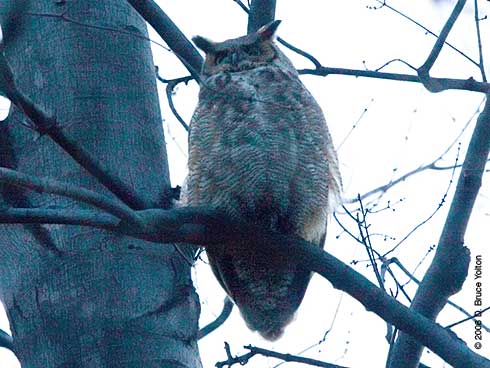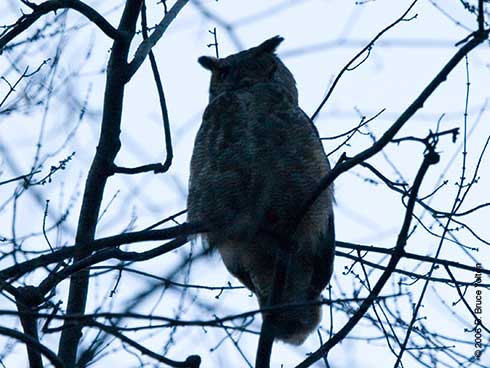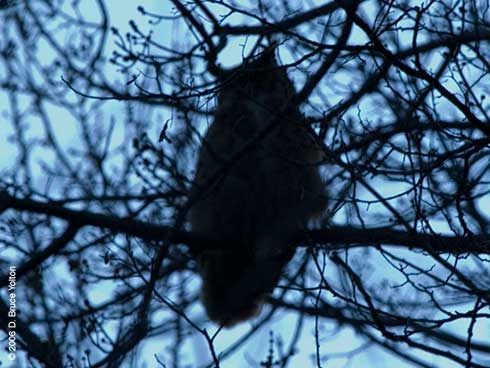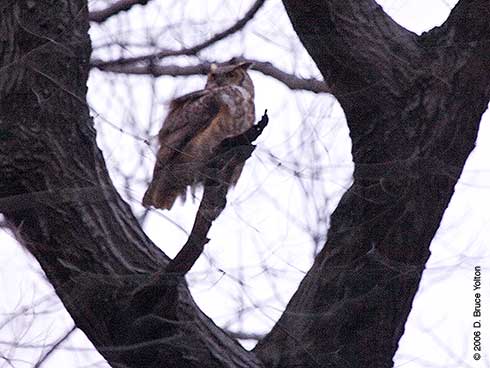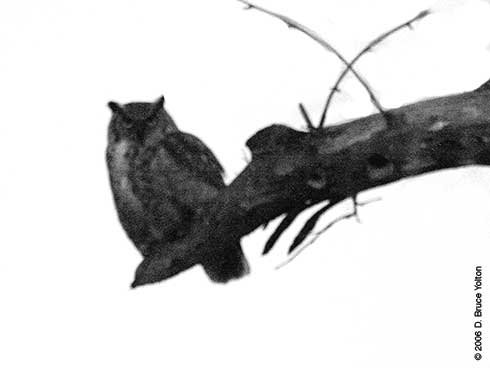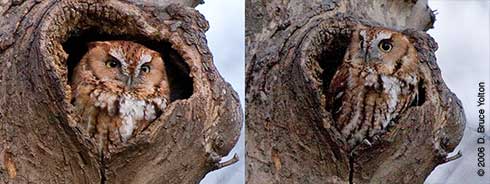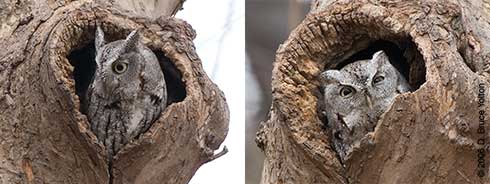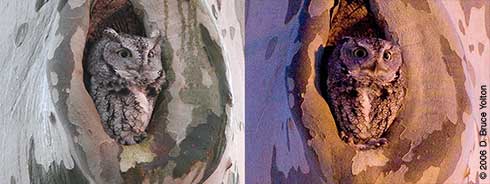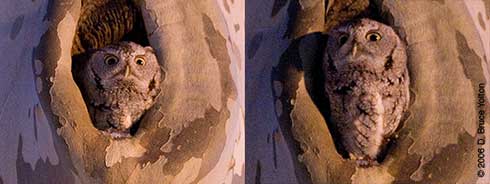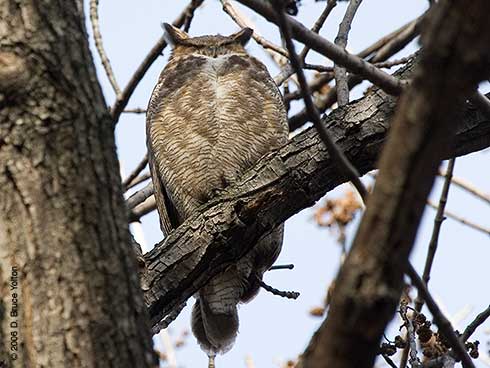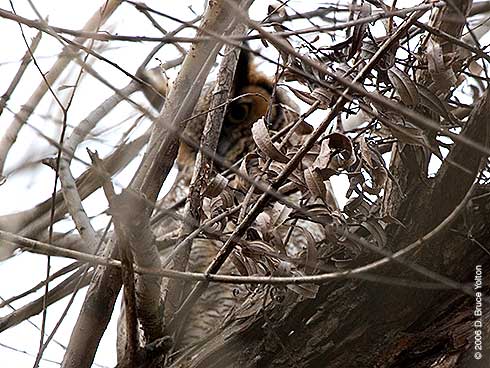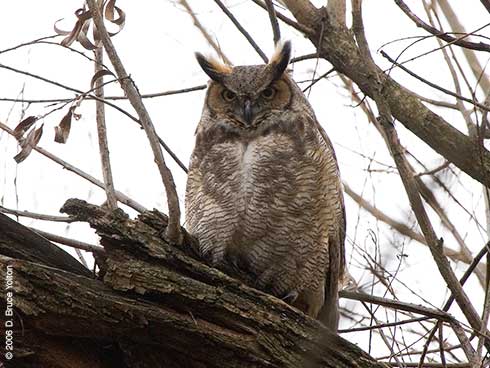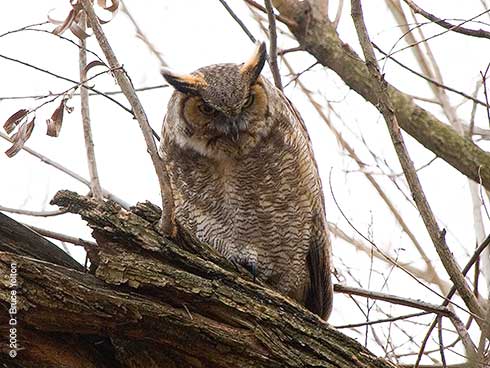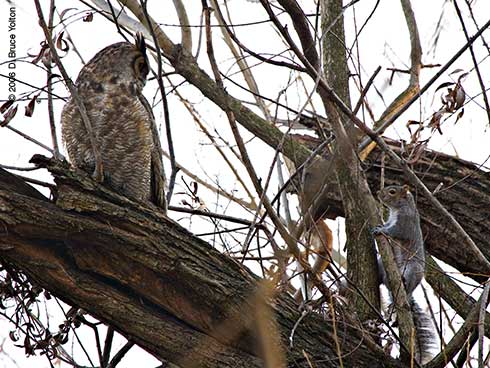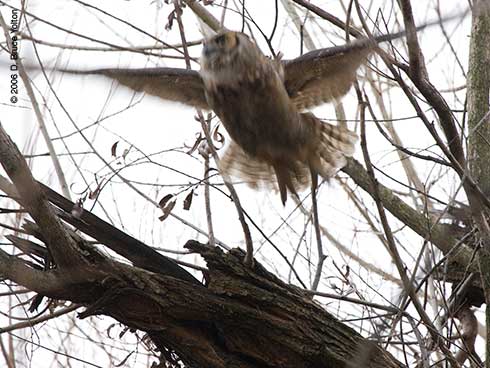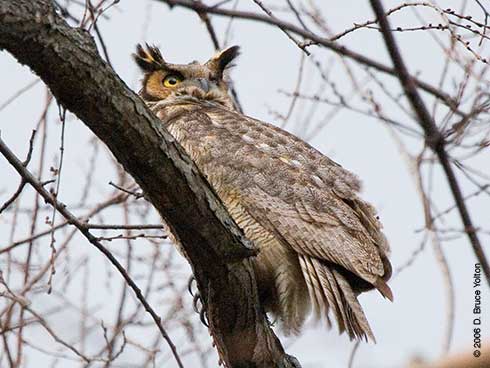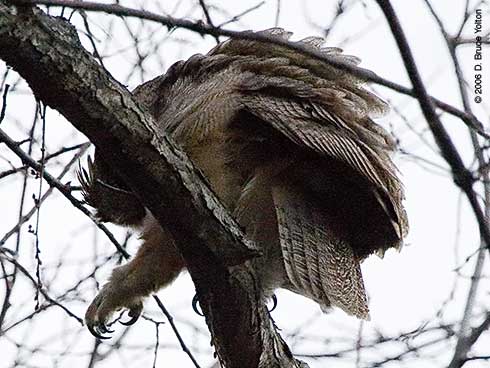Part II of A Train to Raptors: Northern Central Park
James, Ben and I took the bus down to Central Park from Harlem. I wanted to try and capture photographs of the Eastern Screech-Owl, I had seen earlier in the week. As soon as we get off the bus at 110th Street, a Peregrine Falcon appears overhead. This was a new bird for my Central Park list.
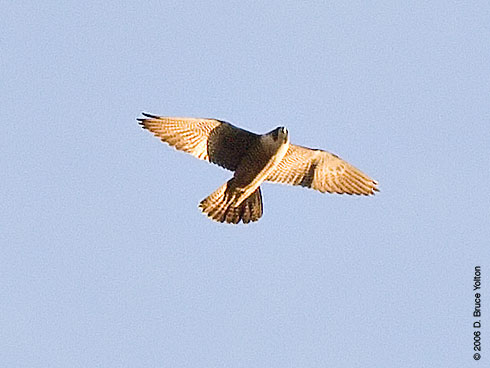
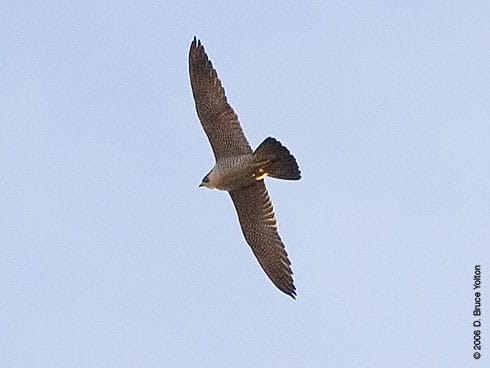
We then walked to the location of the Eastern Screech-Owl and I set up my camera. On Wednesday night, it was so dark at the fly out I couldn’t focus my camera. So, I set up well in advance this time.
While I was waiting both Ben and James went birding. While I sat looking at a tree hole, an immature Red-Tailed Hawk flew into a nearby tree. An adult was also spotted flying by, so we had a 7+ Red-tailed Hawk day.
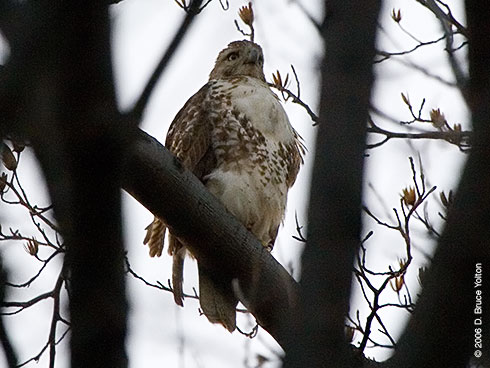
After the distraction of the Red-tailed Hawk, I reset my camera equipment. I was rewarded just after nightfall by the appearance of a beautiful Eastern Screech-Owl.
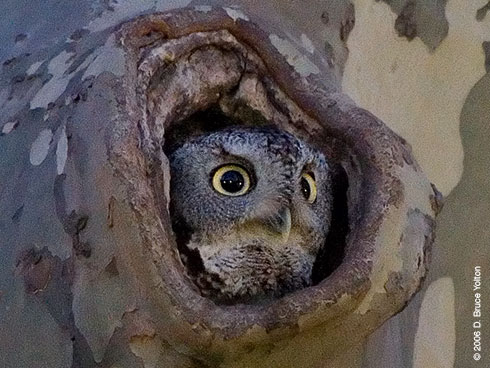
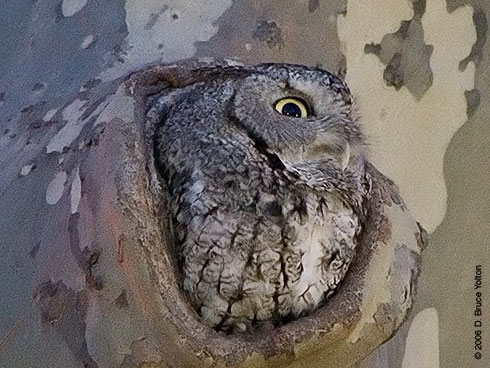
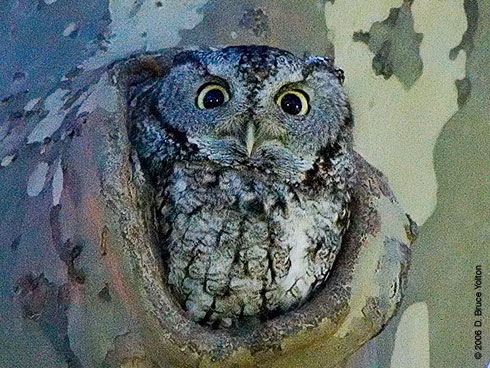
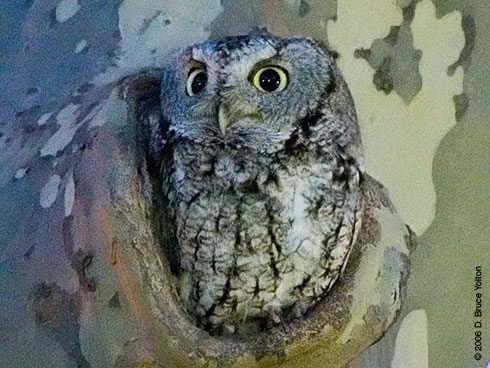
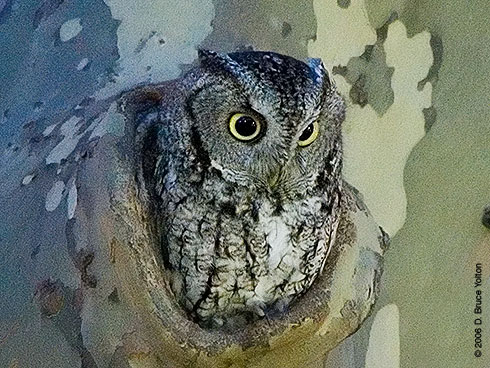
Our list for an hour’s worth of birding in Central Park was:
DATE: Saturday, 28 January 2006
LOCATION: Central Park
- Canada Goose
- Mute Swan
- Gadwall
- Mallard
- Bufflehead
- Ruddy Duck
- Peregrine Falcon – 1 hunting low over N. end of Central Park
- American Coot – 1 on the Meer
- Red-bellied Woodpecker
- Eastern Towhee – 1 female Wildflower Meadow
- White-throated Sparrow
(Since the Eastern Screech-Owl was reintroduced to the park, it doesn’t go on the official list.)
